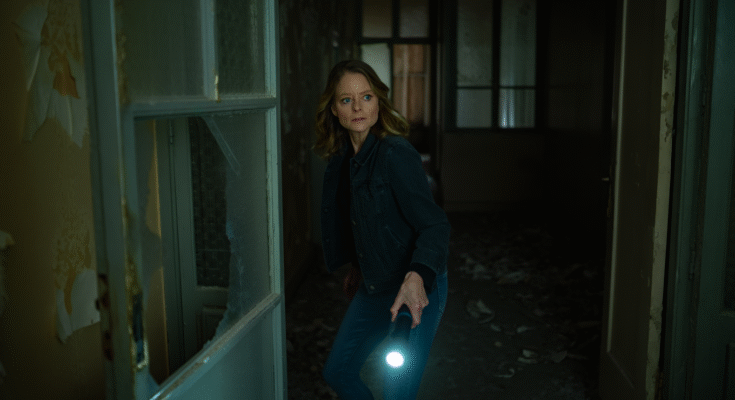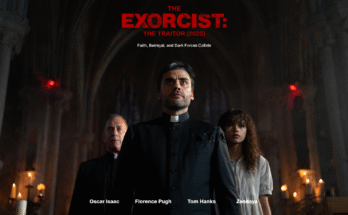The lambs may have gone silent, but their echoes never truly fade. The Silence of the Lambs 3 (2025) emerges as a chilling and cerebral continuation of one of cinema’s most haunting sagas, bringing Jodie Foster back into the role that cemented her as an icon of psychological thrillers. What unfolds is a film as much about the ghosts of memory as it is about the monsters lurking in the present.
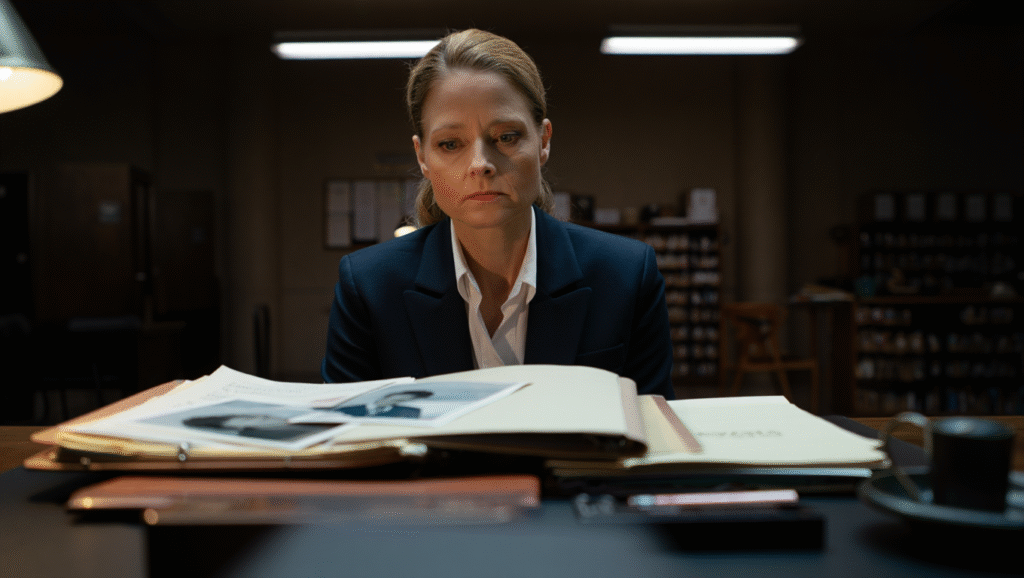
From its opening frames, the film grips with a suffocating atmosphere of dread. Clarice Starling, long retired from the Bureau, is introduced as a woman burdened by her past victories. Though she’s left the FBI behind, the scars of Hannibal Lecter’s games remain etched in her psyche. It’s only when a new killer emerges, echoing the grotesque brilliance of past predators, that she is forced back into the world she swore she had escaped.
Jodie Foster’s return is nothing short of mesmerizing. She carries Clarice with the weary gravitas of a woman who has spent years trying to silence her own inner voices. Her performance balances vulnerability and unbreakable resolve, reminding us why Clarice remains one of cinema’s most enduring heroines.
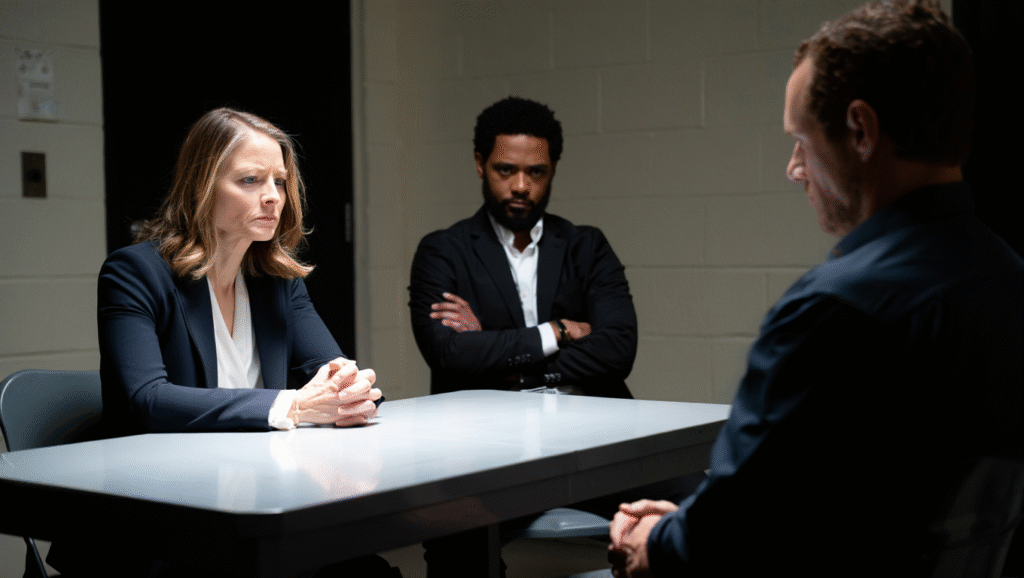
The film’s narrative crackles with tension, heightened by the introduction of two compelling new characters. Lakeith Stanfield’s Agent Malik is a revelation—brilliant, bold, and brash, a sharp contrast to Clarice’s methodical precision. Their friction becomes one of the film’s most intriguing dynamics, a battle of instincts versus experience that adds depth to the investigation.
Then there’s Eva Green as Dr. Seraphine, a criminal psychologist whose motives drip with ambiguity. Green’s serpentine charisma keeps both the audience and the characters off balance—her every line a question mark, her every glance a potential betrayal. She becomes the axis upon which much of the film’s suspense pivots.
Director Jonathan Demme’s legacy looms large, but the 2025 installment dares to craft its own identity. The murders are staged with eerie artistry—psychological puzzles designed not only to terrify but to destabilize those pursuing the truth. The visuals oscillate between stark realism and dreamlike horror, blurring the line between Clarice’s memories of Lecter and the horrors unfolding in the present.
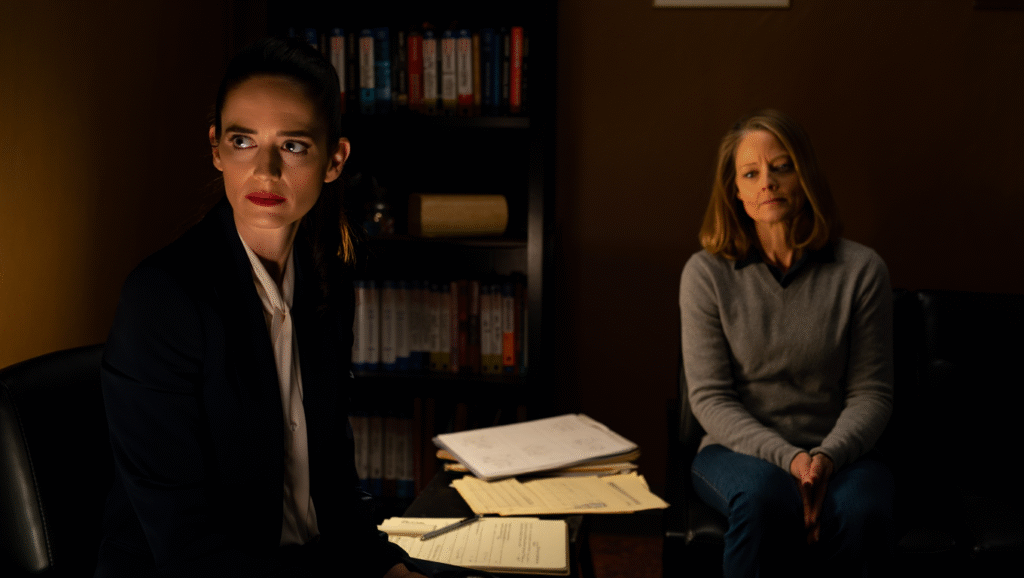
Thematically, the film is obsessed with cycles—violence repeating itself, trauma resurfacing, and the eternal question of whether true closure is ever possible. The ghost of Hannibal Lecter haunts every frame, not through presence but through absence. His shadow lingers in Clarice’s hesitation, in the killer’s mimicry, in the audience’s own expectations.
The score, minimal yet piercing, weaves unease into every scene. Silence itself becomes a weapon, amplifying every creak of a door, every labored breath, every whispered word. The result is a soundscape that keeps the audience suspended in a constant state of unease.
By the time the narrative reaches its final act, the tension has escalated to unbearable heights. Clarice’s pursuit of the killer becomes less about stopping another murder and more about reclaiming her own fractured identity. The climax is both shocking and inevitable, a reminder that in the world of The Silence of the Lambs, victory often comes at devastating personal cost.
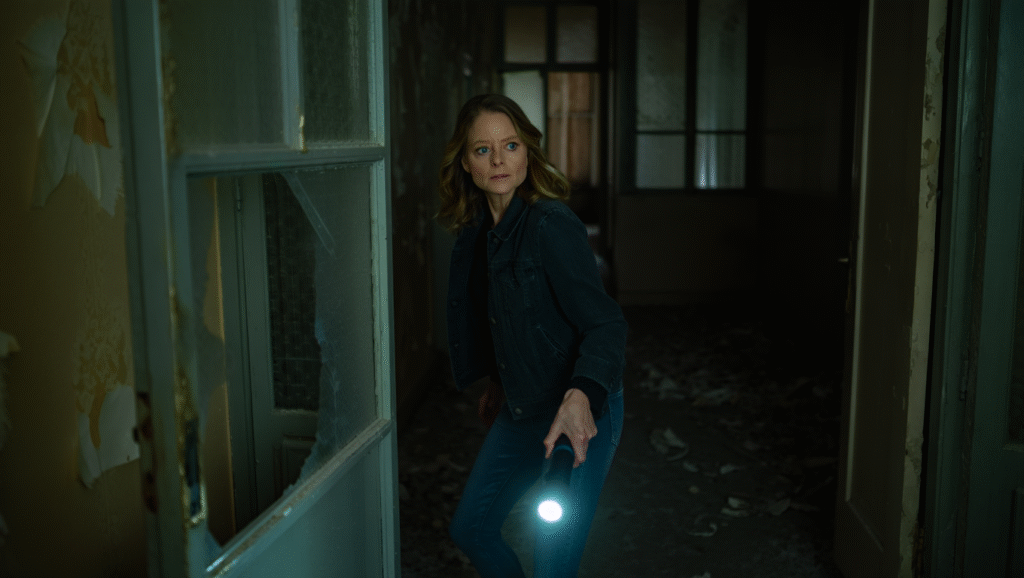
If there’s a flaw, it lies in the film’s density. Its psychological layers may overwhelm viewers seeking straightforward thrills. But for those willing to descend into its labyrinth of dread, the reward is a thriller that honors the legacy of its predecessors while carving its own unforgettable mark.
⭐ Rating: 4.8/5 – Chilling, relentless, and masterfully unsettling. The Silence of the Lambs 3 is a meditation on fear, memory, and the predators we carry within us.
